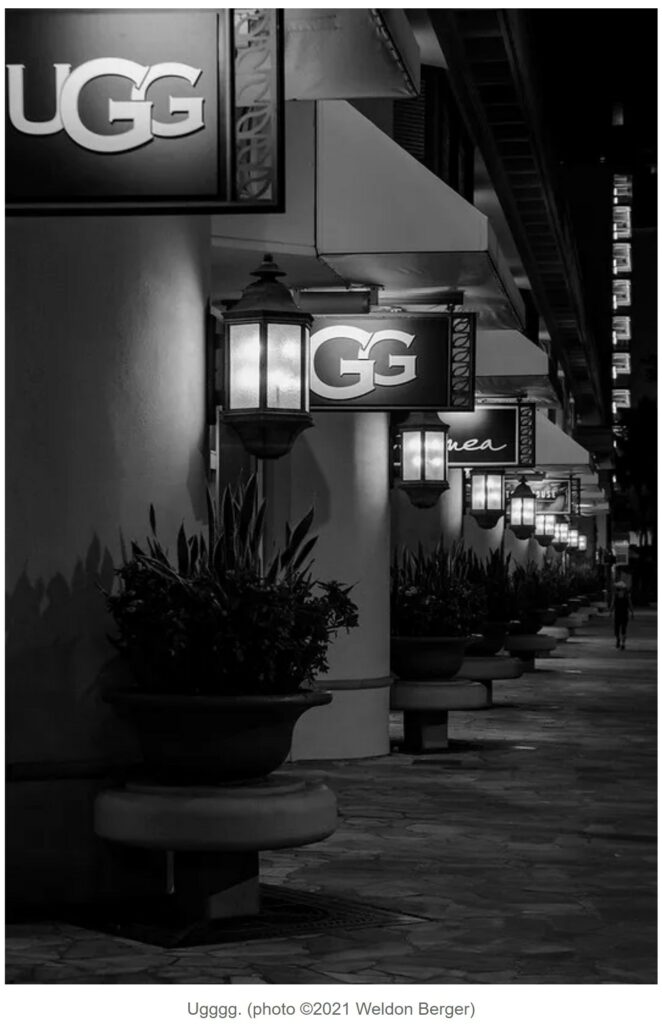A bit of an intro for Weldon. A good writer who I knew at Slate’s, “The Best of the Fray.” In contrast to what is there at Slate now, we far surpassed its present quality. Just a quiet read on Labor Day. “Slacker Sunday,” Bad Crow Review, Weldon Burger (author) “A dog howls at daybreak,” Years back a friend had a bloodhound called Elvis. The dog sounding off in the wee-ish hours this morning sounded like kin. The eyes are the windows to your biological age. A new study, which researchers say is the first of its kind, says the retina may also be able to provide us with an easy, noninvasive way to determine our body’s true biological age – which may or may not mirror our chronological age.“The retina offers a unique, accessible
Topics:
run75441 considers the following as important: Bad Crow, Journalism, Weldon Berger
This could be interesting, too:
NewDealdemocrat writes Constitutional Interregnum
Bill Haskell writes Know Nothings
Bill Haskell writes Word Usage for Which the Usage is Being Discouraged by the Gov.
Angry Bear writes Musk and his lies, lies, and more lies
A bit of an intro for Weldon. A good writer who I knew at Slate’s, “The Best of the Fray.” In contrast to what is there at Slate now, we far surpassed its present quality. Just a quiet read on Labor Day.
“Slacker Sunday,” Bad Crow Review, Weldon Burger (author)
“A dog howls at daybreak,”
Years back a friend had a bloodhound called Elvis. The dog sounding off in the wee-ish hours this morning sounded like kin.
The eyes are the windows to your biological age.
A new study, which researchers say is the first of its kind, says the retina may also be able to provide us with an easy, noninvasive way to determine our body’s true biological age – which may or may not mirror our chronological age.
“The retina offers a unique, accessible ‘window’ to evaluate underlying pathological processes of systemic vascular and neurological diseases that are associated with increased risks of mortality,” wrote study author Dr. Mingguang He, a professor of ophthalmic epidemiology in the University of Melbourne and Centre for Eye Research in Australia.
Two stories about a prison closure in Susanville, CA, against which the town has filed a lawsuit. The first, from January of this year, is a New York Times piece about what the loss of the prison would mean to the town.
The story of Susanville is not unlike that of countless rural communities in America that in the back half of the last century welcomed correctional facilities to replace dying industries at a time when the country was undergoing a prison-building boom. But now, California and other states are moving to reduce inmate populations and close prisons amid a national movement to address racial disparities in the criminal justice system.
“It will affect the whole town,” said Mendy Schuster, Susanville’s mayor, whose husband works as a corrections officer. “I don’t want to imagine what it would be like.”
That story has one quote from a former inmate.
Richie Reseda was incarcerated in Susanville from 2012 to 2013 for robbery. Now a musician and social justice activist, he recently wrote that he understood the fear and frustration felt by Susanville residents, adding that “the state should be helping people” affected by the prison closures transition to new careers.
He continued, “Susanville is described as a ‘happy little prison town’ that has created a pastoral life for many of its residents. I had a different experience.”
A more recent story from the LA Times last month supplies some details of that “different experience.”
When it rains, water pours through the ceilings of the California Correctional Center in Susanville, sometimes flooding the cells of incarcerated men who have resorted to using soap to seal leaks.
Some toilets in the prison don’t flush and are filled with green algae.
And when the Dixie fire — the second-largest wildfire in California history — burned last summer a few miles outside town, inmates were not moved from the facility, even as electricity and water were shut off, smoke filled their cells, and they had to cover their faces with wet towels to breathe, according to court documents filed in Lassen County Superior Court, signed by about 100 men incarcerated there.
“These kinds of barbaric, inhumane conditions are unacceptable in a civilized society,” the documents say.
This story is from January of this year, so somewhat out of date, but still provides a look into how a lot of our federal legislators make their real money.
- Hundreds of millions of dollars have been exchanged on the stock market by our elected officials in 2021 alone
- In just equities, Congress bought and sold nearly $290 million throughout the year.
- In 2021, Congress beat the market!
- This report shows which sectors were preferred by each party and branch, oftentimes huge trade amounts could be attributed to one or two members.
Here’s a look at how closed prisons can be turned into less morally fraught economic engines.
Repurposing closed prison facilities helps address how out of step the United States’ scale of incarceration is with the rest of the world and the unacceptable racial bias that dominates criminal legal practices. Below are examples of a few such projects:
- Michigan: The minimum-security Ojibway Correctional Facility planned reuse for business redevelopment.
- New York: Arthur Kill Correctional Facility, a closed medium-security prison, has been repurposed as a movie and television studio while the minimum-security Mid-Orange Correctional Facility is being reused as a business park.
- Tennessee: Brushy Mountain State Penitentiary, a former maximum-security prison, has been repurposed as a whisky distillery and campgrounds.
- Texas: The minimum-security Dawson State Jail planned reuse as a nonprofit office and community space.
- Virginia: The maximum-security Lorton Reformatory has been repurposed to a mixed-use development of housing and retail space.
And on that cheery note, we’re out.

